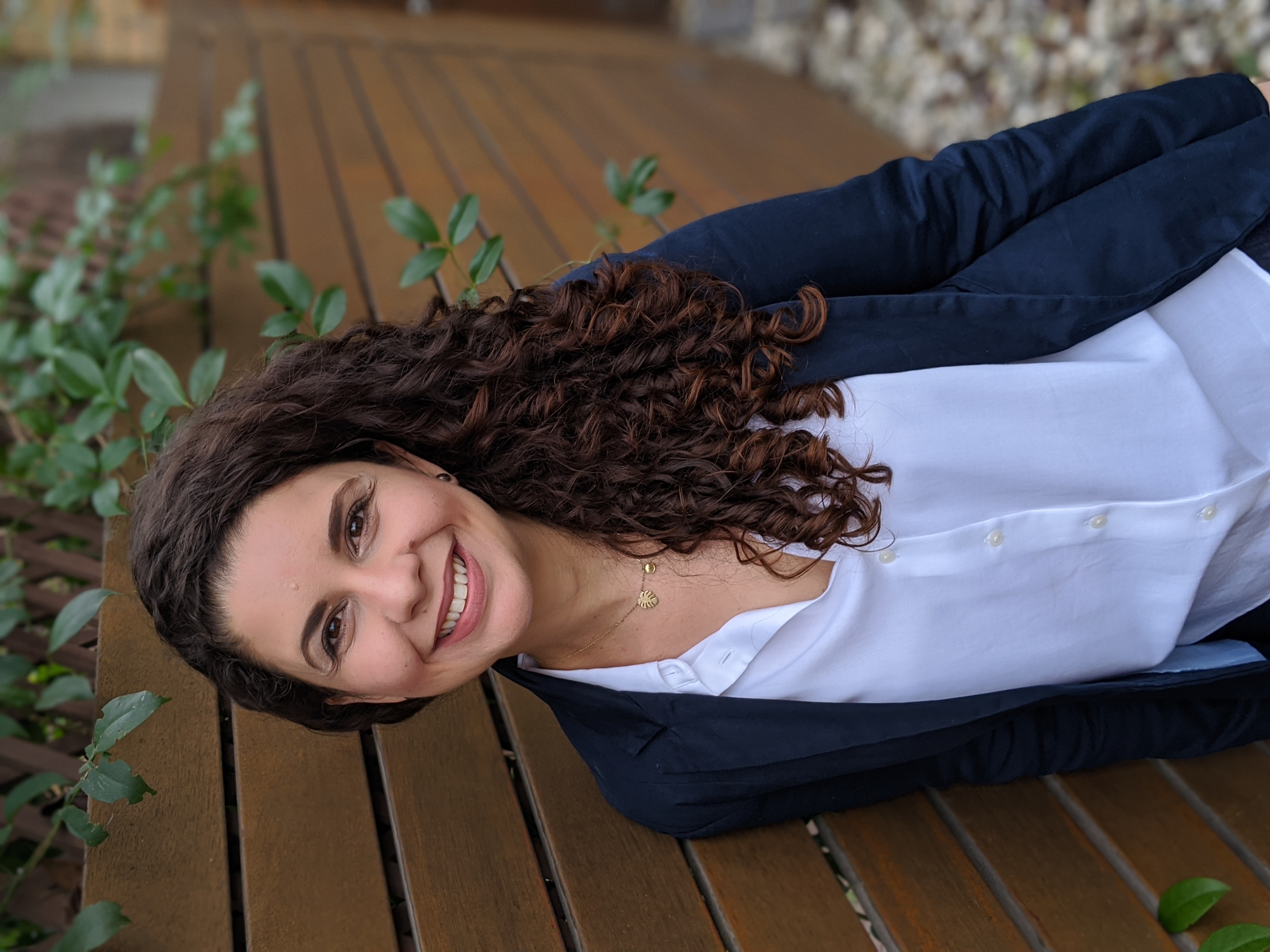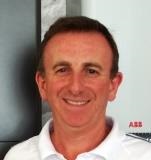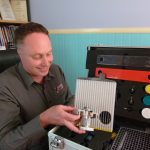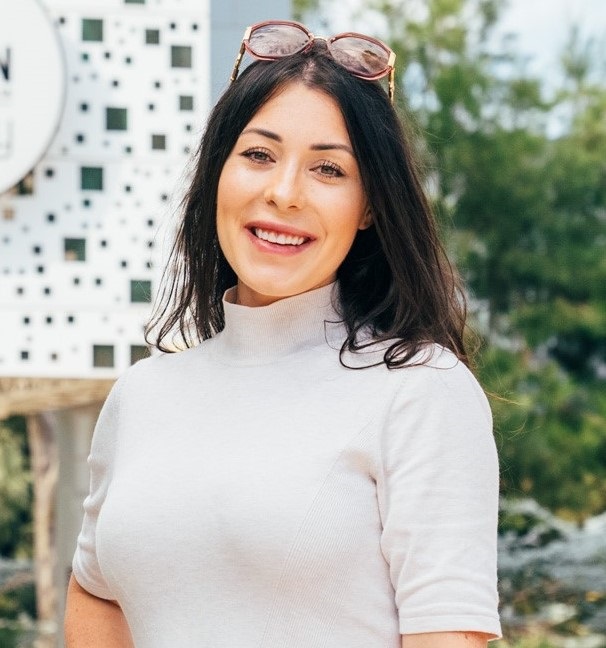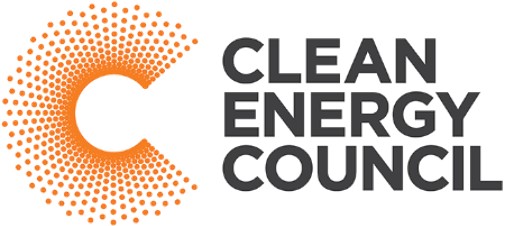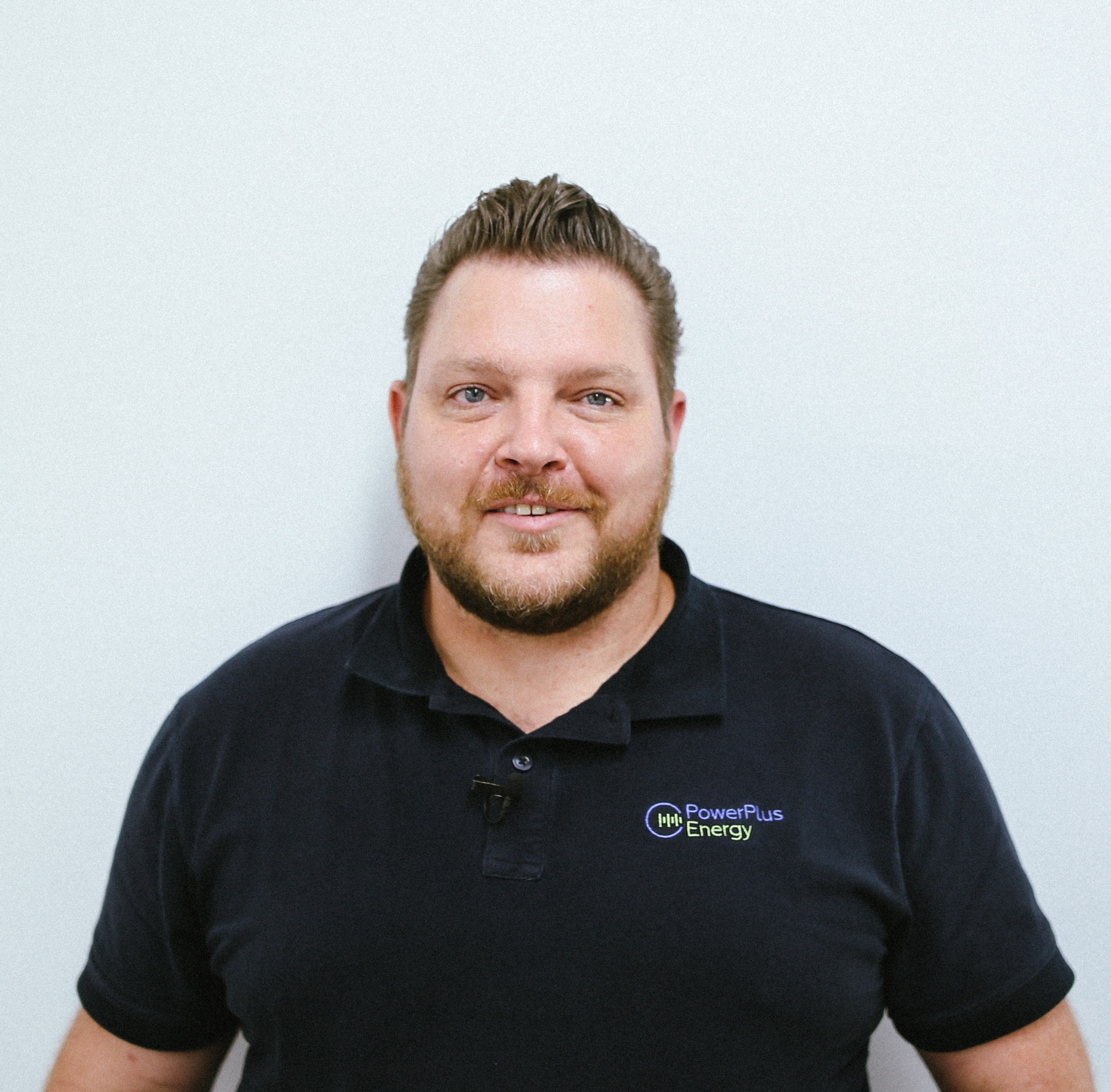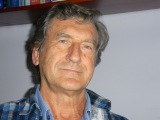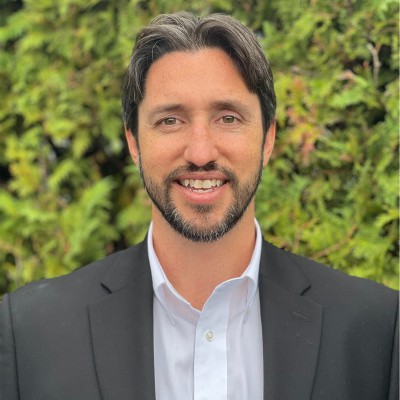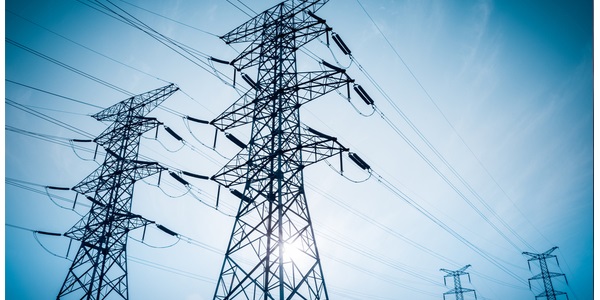Justin Skaines, Belec&BlecEng (Hons)., Energy Storage Manager, R & J Batteries
Justin has been working in the battery industry for 22 years. Specialising in the renewable energy sector since 2006. He has held a design and installation accreditation which is currently deferred. Working full-time with R & J Batteries heading up the Renewable Energy division with a specific interest in the BAE product from Berlin Germany.
Karolina Biernacka – Business Development Manager – Nation Energie
Karolina Biernacka has a PhD in Sodium-ion Batteries from Deakin University. After graduation she entered the Energy Storage industry to continue her passion for innovation and sustainability. Karolina is currently Business Development Manager for Nation Energie, a company established in 2021 as a joint venture between ICM Investments and UK-based sodium-ion leaders Faradion. Nation Energie are the first in the world to bring to market a commercial sodium-ion product.
Karolina has a genuine interest in and commitment to working within the energy sector and to contribute to the Australian innovation ecosystem – by discovering new energy storage technologies and commercializing this science through delivering product to market. Previously, she co-founded ‘ElevenStore’, a concept start-up based on the implementation of sodium batteries for mobility applications and cheap, affordable transportation, such as buses, scooters, electric bikes and auto-rickshaws in South East Asia. Awarded first prize in the Southeast Asia & Oceania ClimateLaunchPad competition and named a finalist in The 2020 Australian Women’s Weekly Women of the Future Awards.
First in Australia – Nation Energie Sodium-Ion Batteries
Nation Energie are the first in the world to bring to market a commercial sodium-ion product. In this session find out who they are and details about their product from battery characteristics and specifications to cycle life, charge and discharge profiles, their sustainability and costs and see a demo product on the floor.

